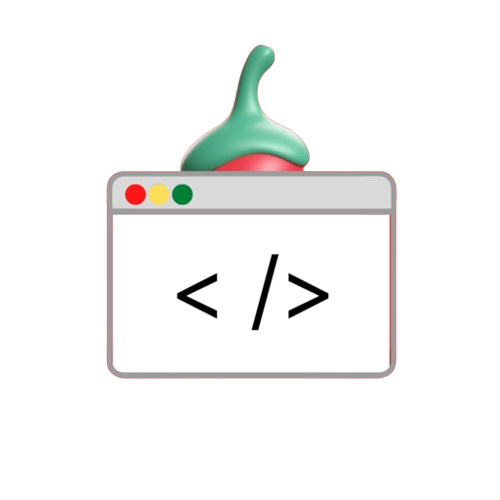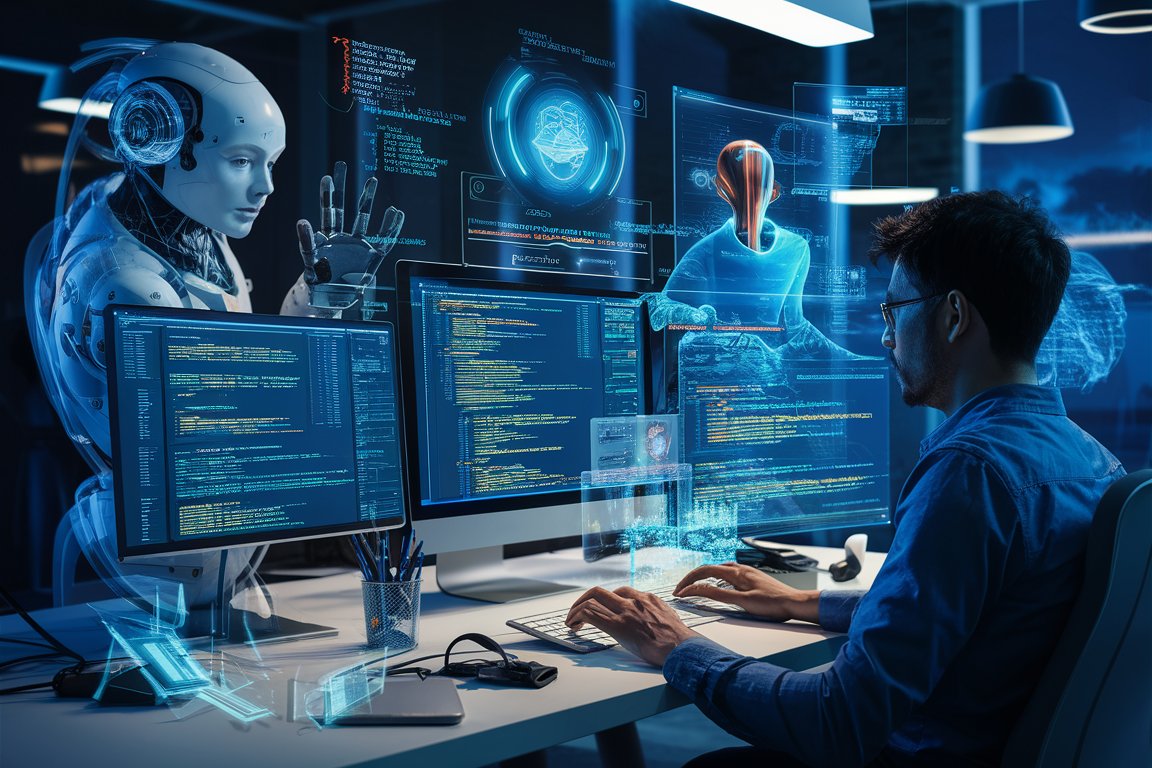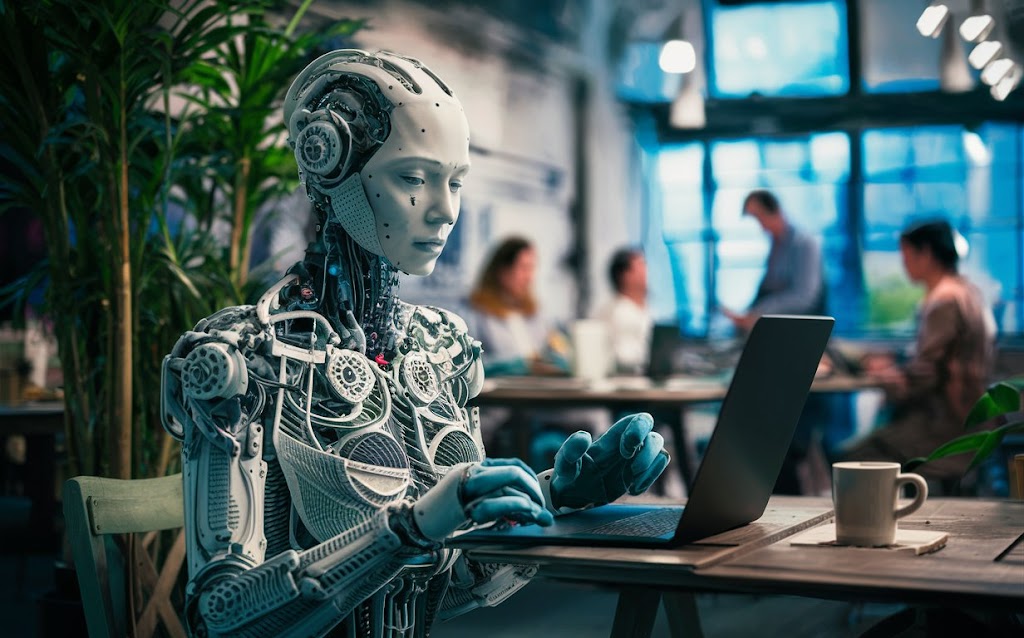In the past decade, artificial intelligence in software development transformed from a futuristic vision to a transforming force. Which led to changes and modifications across the entire industry. Nowadays, some organizations engage in controlled research showing that nearly 61% of all companies are now using AI tools in their software development. Which is quite a large leap from just a few years ago.
AI powers rapid improvement in automating daily mobile tasks, raising code quality, and even driving complete codebase generation. Releasing developers to work on things of higher abstraction and creativity. For instance, tools such as GitHub Copilot, powered by OpenAI, change how most developers write code by offering live code suggestions that save up to 30% of coding time.
AI software is expected to become a $126 billion market by 2025 and is, therefore, already key to the tech ecosystem. This blog provides insights into the very many ways that AI is unlocking new potentials in software development. Starting from automating normal tasks to advanced coding assistance that could empower developers to do more in less time.
Table Of Contents
AI as Coding Copilot
AI in software development is like having a perfect copilot next to you, ready to come to your rescue at every turn of the code. It transforms how developers write code and perform debugging, testing, and code optimization. Let’s see three important ways AI acts as a coding co-pilot: code generation and completion, error detection and debugging, and test automation.
Code Generation and Completion
The development of AI software has arguably been one of the most astonishing things. Writing code in response to natural language stimuli and bringing it all together. GitHub Copilot, an OpenAI tool, has changed the game within such development. GitHub Copilot is able to interpret the context of a few lines of code or a simple comment and then generate relevant code snippets or even complete functions from that.

For instance, a developer would write a comment like “sort an array of integers,” and Copilot will be able to very quickly produce the relevant Python code. This is more than a fancy trick; this is a boost in productivity. A recent GitHub study shows that developers who used Copilot wrote code 55% faster than those who did not. By being able to automatically finish lines of code, there will be no need to work out all the boilerplate coding, allowing developers to save time and direct that effort toward more important complex, creative tasks. It’s like having an experienced colleague who knows exactly what you need next.
Code Debugging and Error Detection
Another area where AI shines as the copilot of coding is code debugging and error detection. Traditionally, debugging is a very time-consuming process that requires careful attention to detail. But now AI tools are stepping in to facilitate this process. For example, DeepCode (now part of Snyk) uses some machine learning algorithms to analyze codebases in real time, flagging potential bugs, security vulnerabilities and performance issues
What separates the AI from traditional debugging tools is its ability to learn from large amounts of data. It can identify patterns of errors in projects and suggest fixes that the human designer might not consider. According to a Gartner report, AI-powered development tools can reduce debugging time by up to 30%. This not only improves the quality of the code but speeds up the development cycle, resulting in faster releases and more robust software.
Test Automation

AI is also revolutionizing the testing phase in software development. Though automation of testing has always been a major factor in making software reliable, creating and maintaining test cases may be somewhat laborious. Testim and Applitools are some AI-based tools applied in forming and maintaining these automatically. These tools leverage AI to learn from user interactions and code changes, automatically creating test scenarios that span a wide breadth of use cases.
What is more, the AI-driven test automation writes thousands of test cases and optimizes them. AI looks at previous test results and the changes in code, prioritizing those tests most likely to catch new bugs and reducing general testing time. For instance, a study by Capgemini found AI capable of increasing test efficiency by 25%. It shows to be a most valuable tool for teams with high ambitions of delivering quality software in the shortest order.
In conclusion, the role of AI as a copilot is multifaceted and ever-growing in importance. These go from snippet generation to detection of errors, automation of tests, and, generally, improving the effectiveness, correctness, and speed of development. With the continuous development of these tools, they are becoming an indispensable partner for developers to help them achieve more with less effort.
AI for Enhanced Developer Productivity
Artificial intelligence (AI) is significantly changing the landscape of software development by increasing the productivity. Developers can now use AI to automate routine tasks, perform intelligent code analysis. Applying more predictive analytics, so they can focus on developing innovative software solutions.
Automating Repetitive Tasks
One immediate advantage of AI in software development is its ability to automate simple and repetitive tasks. Traditionally, developers spend a significant amount of time on tasks such as code formatting, recomponenting, and documentation. While these tasks are necessary to maintain a clean and effective code, they can be time-consuming and mentally draining.
AI-powered tools like Prettier for code formatting, Refactor.ai for code refactoring, and GitHub Copilot for documentation, help reduce this burden. Prettier, for example, enforces consistent rules on the project, ensuring that all code follows standard rules. Refactor.ai goes a step further by suggesting optimizations and restructuring code for better performance and readability.
Often overlooked due to time constraints, correspondence is another area where AI shines. Tools like GitHub Copilot can generate details and documentation from code snippets. Making it easier for developers to write advanced projects. By automating these tasks, AI frees developers to focus on the more complex and creative aspects of their business, such as developing new products or operating and they will be made better.
Intelligent Code Review
Code reviews are a core part of the software development process to guarantee that the code is functional, efficient, secure, and maintainable. Although effective, manual code reviews are cumbersome and largely prone to human error. AI-powered tools like DeepCode and Codacy are changing this with intelligent code review.
For example, DeepCode uses state-of-the-art machine learning algorithms trained on millions of open-source repositories to identify issues in the code at a very high speed. It effortlessly picks up bugs, security vulnerabilities, or even performance bottlenecks that might get overlooked during manual review. On the other hand, Codacy ensures automated code analysis with improvements and recommendations to keep your team producing quality code without slowing them down.
While most of the mentioned tools were basically catching the errors, these tools also point out best practices that the code should follow. AI integrated in code review will save precious developers’ time and increase the quality of the overall code base.
Predictive Analytics for Development
AI’s role in generating and reviewing code is not the only application. It can also be used for powerful predictive analytics in software development. Predictive analytics involves analyzing historical and real-time project data to forecast future outcomes, spot possible bottlenecks, and optimize development processes.
The data-oriented predictive analytics of AI-powered features in tools such as Jira must focus on project timelines, resource allocation, and developer activity to foresee any delay in the project timeline or to improve efficiency. For example, by analyzing past sprint data, AI can predict tendencies of delays in task completion. Also in what areas developers may struggle. In this way, project management becomes proactive. It will take care of such points as reallocation of resources or amendments in the timeline to ensure everything is on course.
Besides detecting bugs, AI can also go on to analyze code commit patterns, issue logs, and deployment histories to identify risks in the future. That could result in a bug or a security vulnerability. It works almost similarly to providing such insights using AI in giving development teams reasons for taking preventive actions. Thereby lessening the expensive fixes after release and improving general stability and security.
In conclusion, AI is an enabler of developers who, through productivity enhancement by enabling automation of repetitive tasks. Intelligent code review, and predictive analytics, among other applications, shall be made integral. The use of such AI technologies in the SDLC has been getting ingrained, with their evolution, further enhancing the efficiency of developers by providing high-quality software even faster and more reliably.
AI-Driven Innovation
Artificial intelligence (AI) not only enhances traditional software development but also drives innovation in previously unimaginable ways. From software design to testing, even imagining the future of software development, AI is at the forefront of transforming the industry. Let’s explore how AI is pushing boundaries in these areas.
AI in Software Design
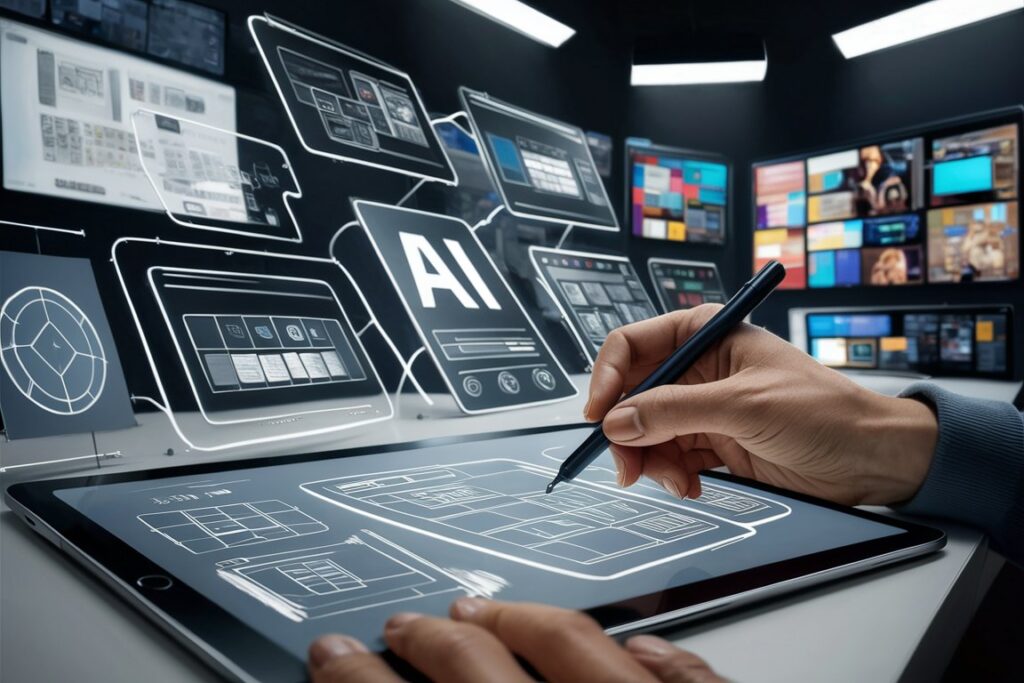
AI is set to revolutionize software development, particularly in the areas of user interface and user experience. Conventional design software has been done based on creativity, knowledge, and technical expertise on the part of the designers. Then tuned and tweaked by iteration processes. But AI now comes into play in aiding designers’ actions: it generates ideas for designs, optimizes layouts, and even personalizes user interfaces according to user preferences.
That is, from Uizard and AI plugins within Figma that generate UI elements from simple wireframes or description using natural language. With Uizard, a designer can sketch an approximate UI interface on paper. Something comparable to a napkin—and it converts it into a digital prototype. This design process becomes more efficient because designers can now play with a lot of iterations much quicker.
Additionally, AI can enhance UX through data analytics of user interaction by finding patterns and preferences. It allows for interface personalization in an automatic manner using a data-driven approach so that the users get to experience something more intuitive and appealing. For instance, The Grid, with their use of artificial intelligence to build websites, automatically changes design elements based on content and user behavior to keep it as dynamic and responsive as possible.
AI-Powered Testing
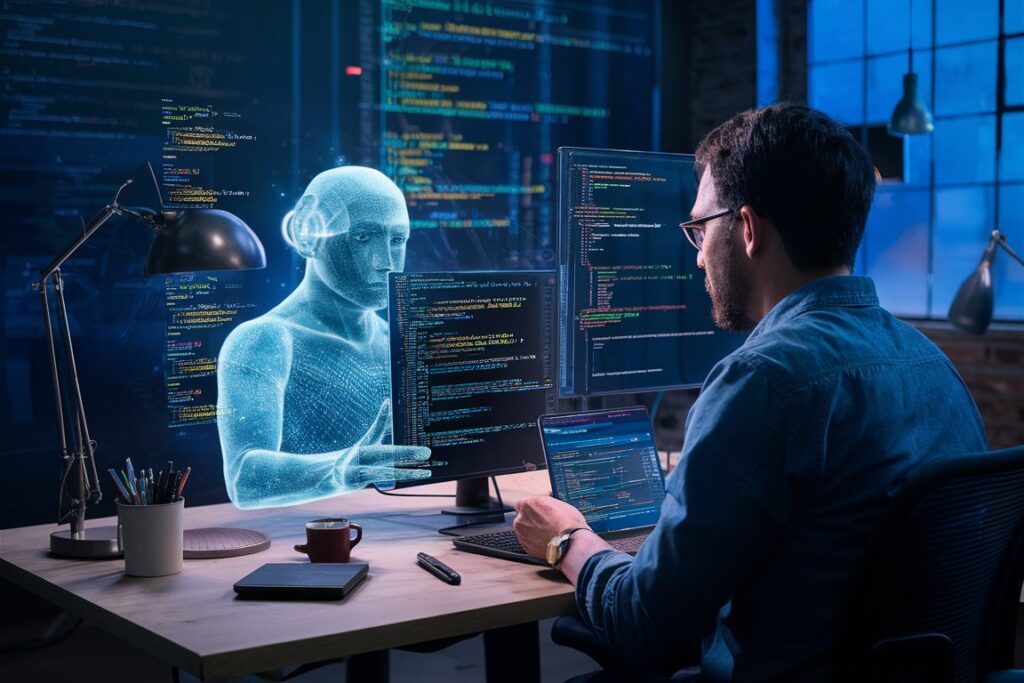
The role of AI in software testing is increasing, especially in areas that require advanced techniques such as test case generation, performance testing, security testing etc. The incidence of manual effort is reduced.
Test.ai is a notable example, as it uses AI to create and execute test cases based on user interaction with the software. By learning from the way users interact with the software. Test.ai can create more relevant test environments, increasing the chances of catching bugs that traditional testing methods might miss high.
In performance testing, AI can simulate the interactions of millions of people in different scenarios to predict how the software will perform under load. This predictive capability is critical to ensuring applications can scale successfully. Similarly, AI in security testing can identify potential vulnerabilities by analyzing code systems and comparing them to known threats. Tools like Snyk and Darktrace use AI to continuously monitor and protect software against emerging security threats. Which reduce the risk of breaches and ensure security standards are met.
The Future of Development with AI
The conviction is that. As for the future of software development, on the contrary, it is deeply entwined with AI, and deep in the sense that there are several potential trends just over the horizon. Which could redefine how software creation happens. One exciting possibility would be AI-driven code generation. AI takes on increasingly active roles in actually writing the code rather than being used to assist in writing code, .
Leading the way in this technology are some early examples, such as GitHub Copilot, which already can make code suggestions or even fill in entire blocks of code based on natural language prompts.
More distantly, we may be heading to the future of a completely automated software development environment where AI will take care of initial design to deployment. They might be AI-driven platforms that derive software from high-level user requirements automatically—coding, testing, and deploying. These systems would allow very short development cycles and would democratize software creation to a certain degree. Allowing non-programmers to build complex applications with minimal technical involvement.
Another interesting future trend is the AI-enhanced development environment for collaboration. As a mediator to numerous developers, AI guarantees consistency among them and optimizes collaboration, even resolving conflicts for good code integration—therefore, naturally paving the way for productive teamwork and expediting software project delivery.
Challenges and Considerations
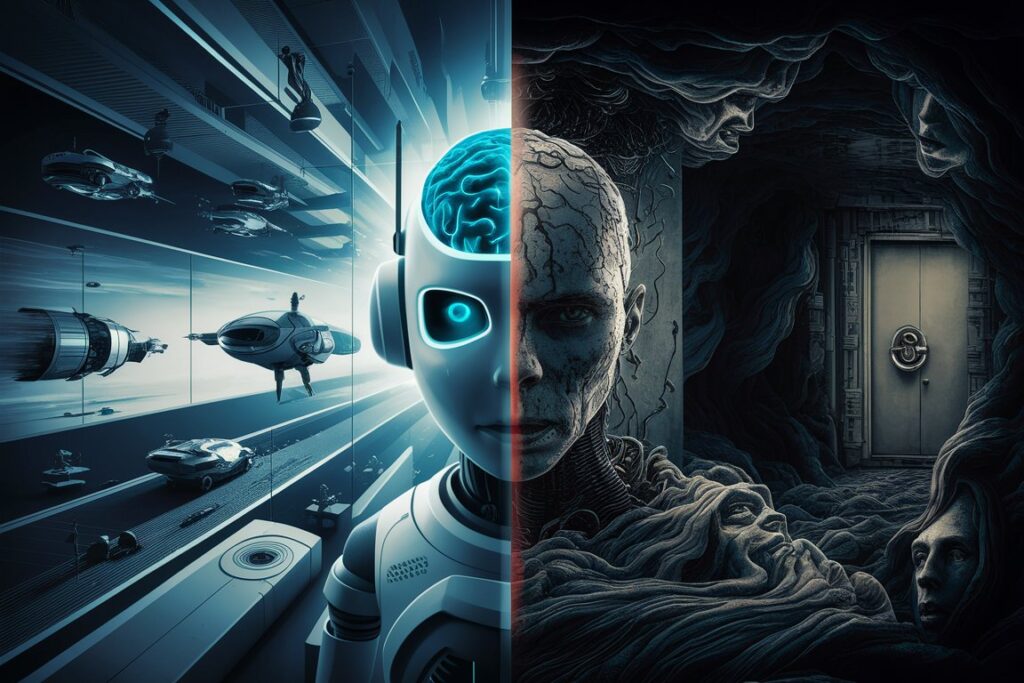
It is important for us to realize that, with the advent of AI, there will be challenges and issues to address with the benefits that it brings. Even though AI offers great potential, it raises ethical considerations by its nature and requires a cautious human-AI collaboration.
Ethical Implications
The most important ethical consideration with AI in software development is the potential bias within AI-generated code and decision-making.
AI systems learn from data, and if data to train these systems contains biases—whether based on gender, race, or other factors. Software it helps create can be perpuated by such biases. This will have unfair or discriminatory results, particularly in applications that directly affect humans, like hiring algorithms or financial systems.
More importantly, intellectual property rights come into play when AI writes the code. AI-powered tools like GitHub Copilot learn from massive datasets of publicly available code. This, naturally, brings up questions about whether the produced code can accidentally mirror proprietary or copyrighted code. This may have certain legal consequences with respect to who the rightful owner of the code produced by the AI is. Whether it infringes on existing IP rights.
Human-AI Collaboration
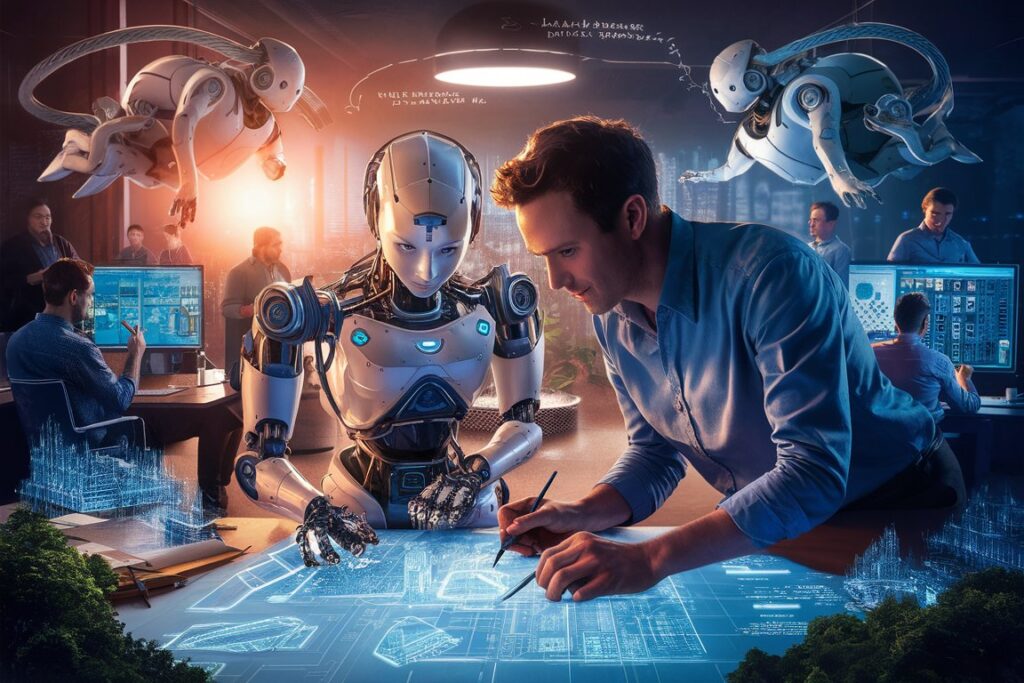
Despite the great progress of AI, human supervision is indispensable in software development. Of course, it makes the development process way easier and more effective, yet mistakes are possible on the part of such tools. So, developers have to be “in the loop,” inspecting the results received from AI to ensure that they follow the goals and ethical standards of the project.
Thus, the final decisions related to AI suggestions and potential biases should be interpreted by a human. For instance, although AI might suggest some code optimizations or bugs, human developers shall evaluate such relevance and safety against the general context of the project. Second, it involves the judgment of humans to ensure the ethical considerations of such AIs do not perpetuate biases.
Conclusion
As AI continues to evolve, its integration into software development creates a strong synergistic relationship between human creativity and machine optimization AI tools offer unparalleled opportunities to drive business high, streamline operations, and innovate in ways that were once unimaginable. But the real power of AI in development lies in its integration with human intelligence.
I encourage you to explore and experiment with AI tools in your development projects. Whether you want to automate common tasks, improve code quality through intelligent analytics, or leverage predictive analytics to optimize your projects, there is an AI tool that can help you achieve your goals GitHub Copilot, DeepCode , Test.ai and other tools AI in your daily routine There are good things you can start integrating.
To get started, consider checking out the following options.
- GitHub Copilot Documentation: Learn how to use Copilot for code completion and GitHub Copilot generation.
- DeepCode Case Studies: Explore real-world examples of how AI-powered code review tools have improved software quality in DeepCode Case Studies.
- Test.ai Strategy: Understand how AI can manipulate and improve your testing processes Test.ai Overview.
By adopting AI tools, you can be at the forefront of technological innovation to maximize your growth potential. Remember that the key is not to replace human judgment with AI. But to use AI as a powerful ally that enhances your skills and creativity. Together, humans and AI can push the boundaries of what’s possible in software development.
